THE INTERVIEW
Janvier, 2024
JEAN-FRANÇOIS CHARLES
DIRECTOR OF AGNUS DEI
BEST COSTUME
Jean Francois, tell us a bit more about yourself. Where does your desire to be a director come from?
As a musician, I have worked with dancers since a collaboration with Alice Gervais-Ragu in Strasbourg dating back to 2001. In the spring of 2023, Brazilian choreographer Jaruam Xavier decided to work with excerpts from my Missa brevis album. When I saw the quality and depth of his work, as well as the dedication of the dancers, I got very excited and started working to make a music video for the song a reality.
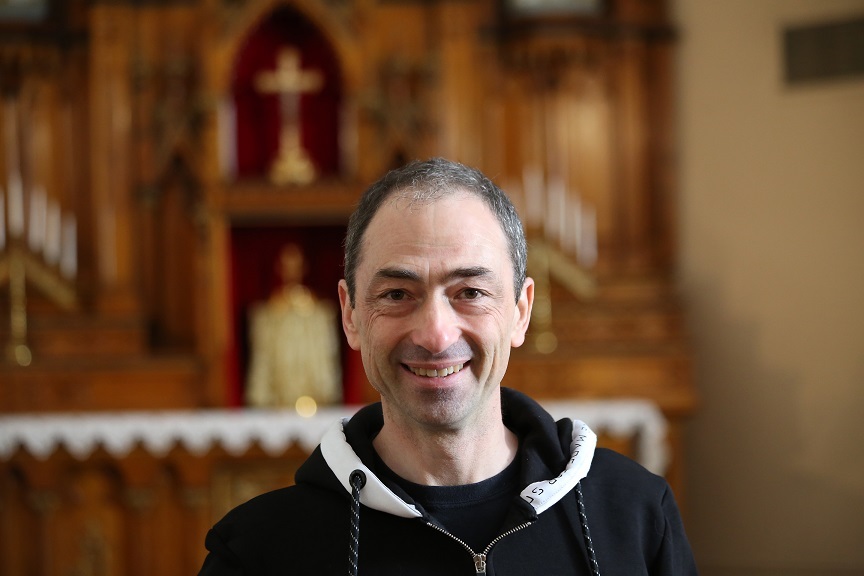
What is your background?
I am first and foremost a musician, creating at the crossroads of music and technology. I regularly perform live electronics with Iranian virtuoso Ramin Roshandel: over the last couple of years, we have been invited for concerts from Tucson to Minneapolis and Chicago, from Omaha to New-York City. Our award-winning debut album, Jamshid Jam, is available on streaming platforms and CD (https://www.jamshidjam.com). As a clarinetist, I have performed with artists such as Maurice Merle, Douglas Ewart, Gozo Yoshimasu, or Karlheinz Stockhausen. My opera Grant Wood in Paris was commissioned and premiered by the Cedar Rapids Opera Theatre in 2019.
My work with films has consisted mostly in performing live music to silent movies. With my friend Nicolas Sidoroff, we share a history of music-making for silent movies dating back to 1992. Over the years, we composed and performed music for The Great Train Robbery, The Sleuth with Stan Laurel, The Man with the Movie Camera, The Eleventh Year, Kino-Pravda #5 and #6, short movies by Méliès and de Chomón, and the 1923 Hunchback of Notre-Dame, a commission by FilmScene, Iowa City’s independent movie theatre.
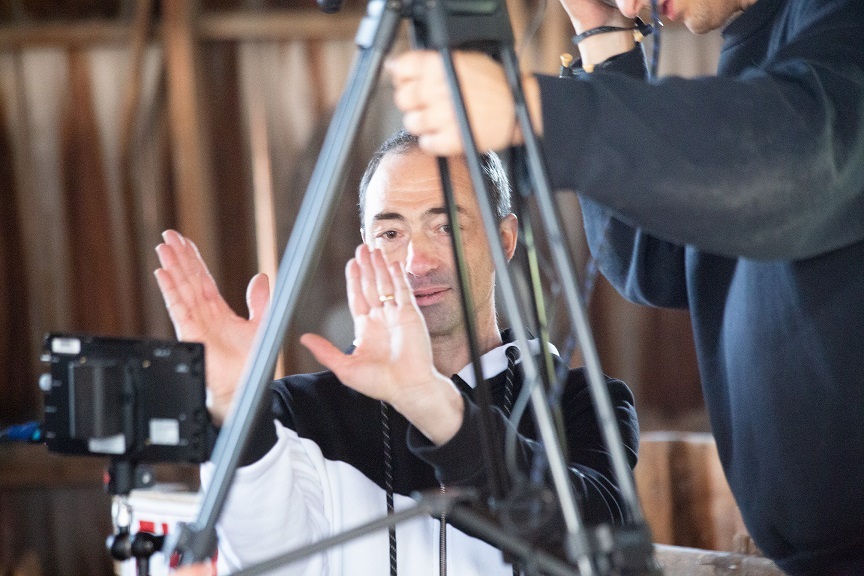
What were your references for the Agnus Dei music video?
I want to talk about three references: the topic of ex-votos, the tradition of Danse Macabre, and two of Lady Gaga’s music videos.
Choreographer Jaruam Xavier has been working for several years on ex-votos – and more particularly on replicas of body parts used as votive offerings. This ancestral practice continues in Brazil, for example in the Church of Nosso Senhor do Bonfim in Salvador. The ex-voto is a physical object which becomes a bridge between the physical and the spiritual, an intimate link between the human and the divine. It is this intimacy that we explored in the music video, especially in the choreography.
I included a Danse Macabre in the music video. This is another tribute to François Villon, who was very familiar with the bas-reliefs of the Cemetery of the Innocents in Paris. This tradition of Danse Macabre reminds everyone of equality in the face of death. In the video, Jaruam Xavier is dressed in bright colors, he is “the dead one”, who dances to attract Jhe Russell “the living one” into his world. Their fatal pas-de-deux is visually associated with two possible ceremonies: the one of baptism, the other of absinthe – an anachronistic nod to the romantic companions.
Finally, when it comes to the narrative structure and editing flow, I studied closely the music videos for Lady Gaga’s songs Bad Romance and Judas. This editing style fitted well the song and the story I was after.
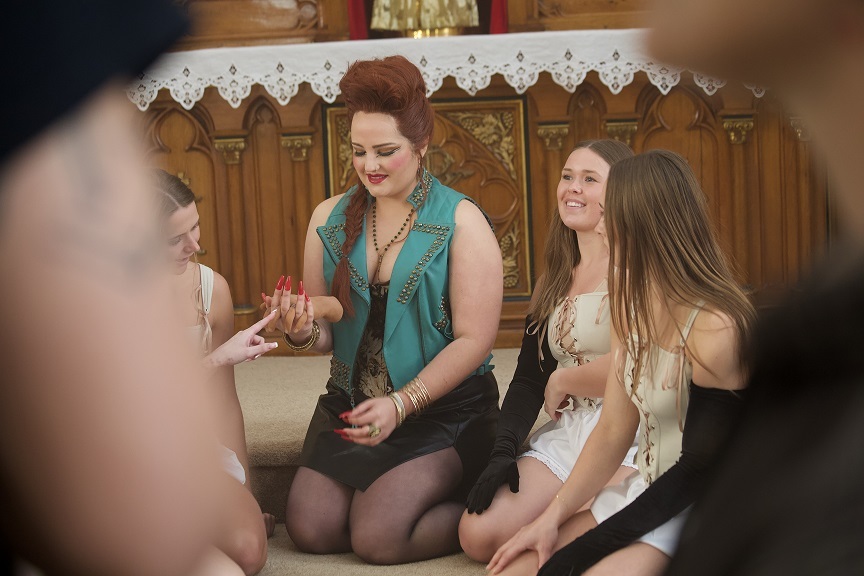
With your music video, Sophia Restiffe Favoretto won Best Costume at the RED Movie Awards, what does that mean to you?
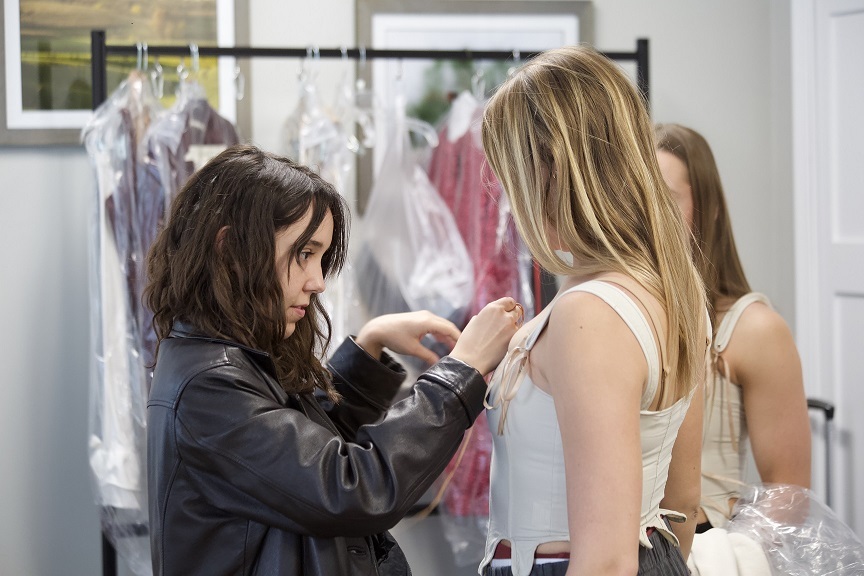
How did you work to highlight the message of the song?
- The poem opens with a contemplation of the flesh:
Quant à la chair, que trop avons nourrie,
Elle est pieça, dévorée et pourrie,
[As for the flesh, that we nurtured too much,
It is already long-time consumed, and rotting,]
The essence of this first part is summed up by Madonna in Material Girl: “We live in a material world.” - The second part of the poem focuses on prayer and the spiritual world:
Excusez-nous, puisque sommes transis,
Envers le fils de la Vierge Marie,
[Forgive us, since we are shivering,
Towards the son of the Virgin Mary,]
In his book François Villon Revisited, David A. Fein explains: “The souls of the hanged, suspended between salvation and damnation, form a spiritual parallel with the bodies suspended between heaven and earth.” - In the third part, the corpses reappear, but their bodies have undergone a great transformation:
La pluie nous a débués et lavés,
[The rain has defogged and washed us,]
The stripping away of the flesh represents a restructuring of values. The rain washed and purified the body, ridding it of all flesh. All that remains is the skeleton, the essence of the human body, which can be considered its spiritual content.
Anika Kildegaard’s three costumes and hairstyles are a reflection of this three-level reading of the text. In the movie, you can admire Anika’s virtuosity: she is embodying three different characters while always staying true to the spirit of the song.
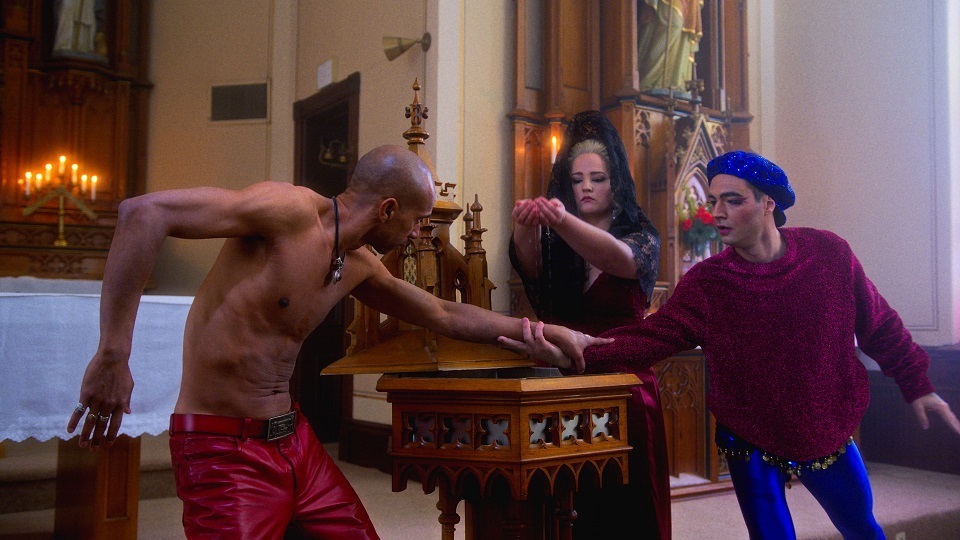
Agnus Dei is a very well-known religious song with several versions. How did you, through your production, manage to breathe new life into this song?
Wonderful singer Anika Kildegaard is the one who breathes new life into the song: her refined interpretation highlights the multi-layered nature of the composition in a stunning and beautiful way.
The overall project of the album Missa brevis Abbaye de Thélème consists in pairing each classical movement of a musical mass with a text from a French poet. The album starts with Rabelais set as French rap, and continues with Desbordes-Valmore as a French chanson, Verlaine as 70s Funk, etc. The Agnus Dei is the sixth and last song: the pairing with François Villon’s poem Ballade des Pendus (Ballad of the Hanged) makes it unique. It was fitting to treat it as an EDM-pop song, in order to make it a physical and spiritual reflection about body and transcendence.
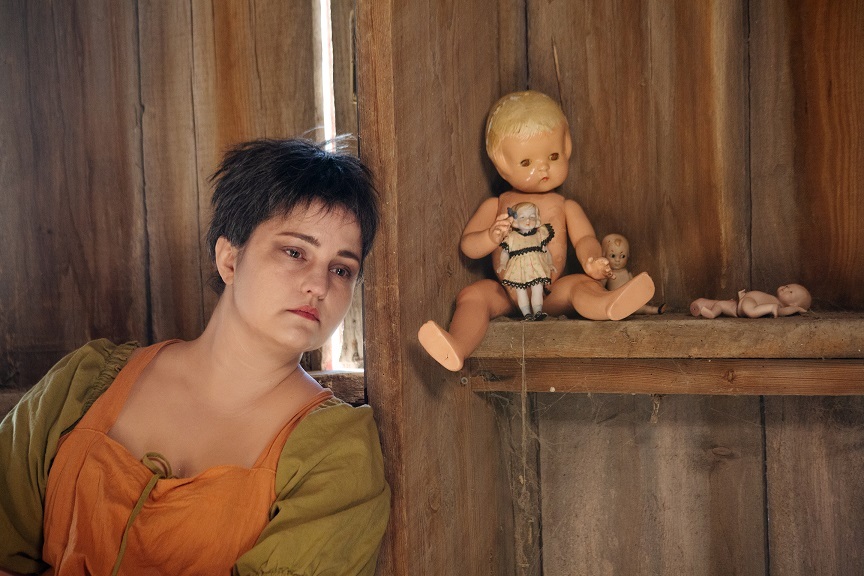
What was the biggest challenge in this shooting?
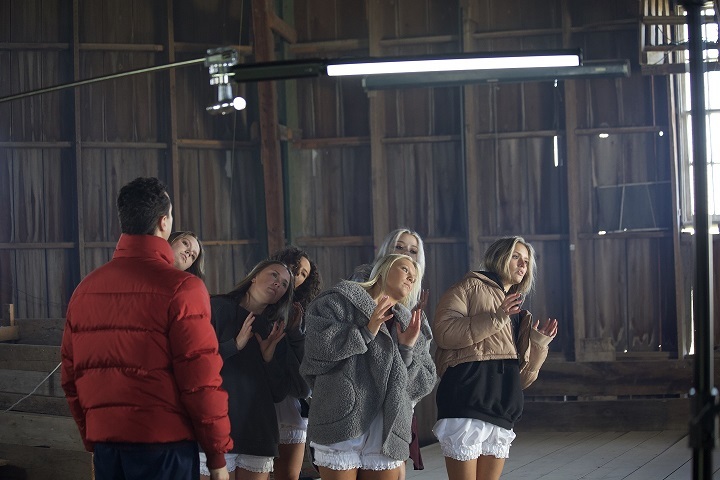
Do you have an anecdote to share with us in particular?
The cover of the album shows the arch of a church interlaced with the spine of a human being. Graphic creator Marc Dannenhoffer came-up with this beautiful picture to illustrate relations between religion and humanity in the music. Almost by chance, it turns out that the Agnus Dei video is the living, breathing, and dancing version of this album cover!
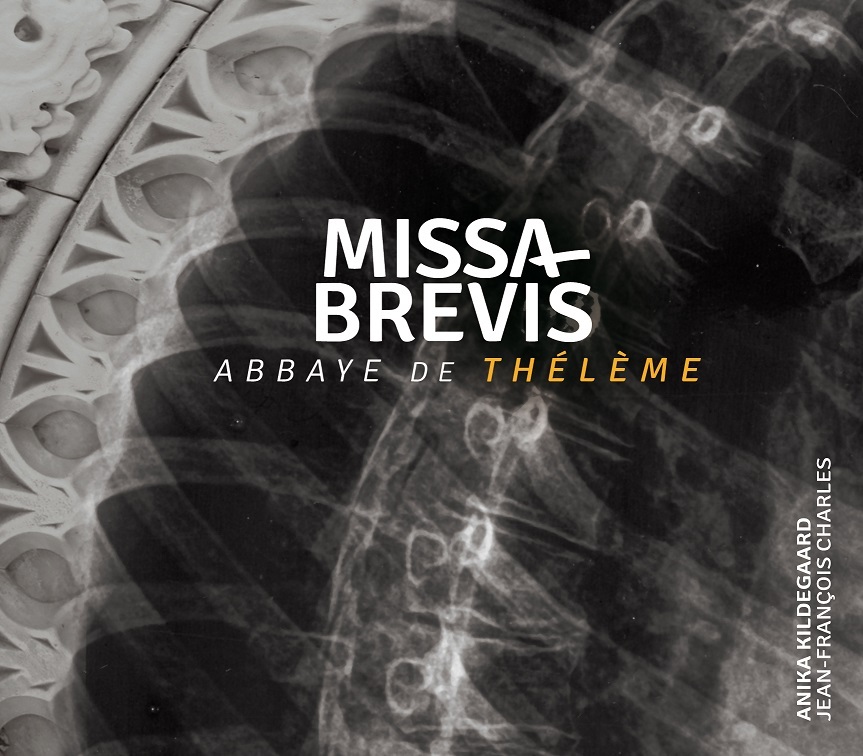
Album Missa brevis Abbaye de Thélème:
https://newfloremusic.bandcamp.com/album/missa-brevis-abbaye-de-th-l-me
What is your next project?
I’ve been working on an album titled Tenebrae. It’s going to be a collection of collaborations with artists I met over the years. This album is going to showcase my live electronic music instrument Spectral DJ, but it’s mostly going to shed light on the incredible musicians I’ve been privileged to work with.

